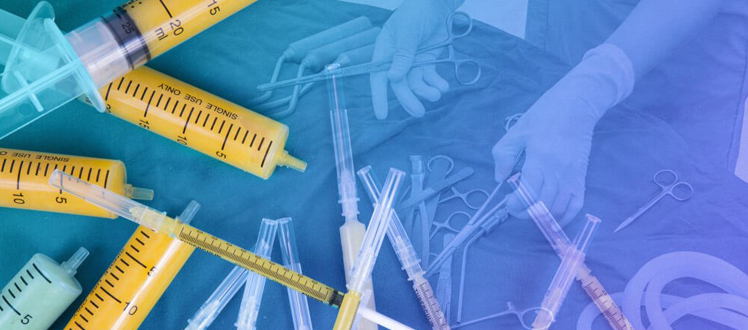
Fat grafting applications in cosmetic and reconstructive surgery
The previous article focused on fat grafting applications, this article will focus on the benefits of fat tissue in the framework of reconstructive surgery and facial rejuvenation.
Limitations
The only limitation to fat grafting is insufficient subcutaneous fat in skinny patients, which in Dr.Balti’s experience is very rare . Surgeons have to take into account volume loss due to fat purification as well as natural fat resorption by the body.
Benefits
- Benefits of fat tissue : autologous fat is of course better than any other existing alternative. Natural fat is safe, non-toxic and resistant to infection after engraftment. Fat is also versatile since it can replace any type of tissue.
- Benefits of the fat grafting technique : among the other plastic surgery techniques, fat grafting is fairly simple in terms of surgical technique. It can be performed multiple times, it is also efficient no matter the substance loss and adjustable to different areas. Fat grafting is performed percutaneously, which makes it a minimally invasive procedure.
How to maximize fat engraftment
Recent techniques maximize engraftment by injecting fat in highly vascularized tissues for superior survival rates. Harvested fat can be injected directly in facial expression muscle or at the edges. This technique causes less trauma because the mesh pattern of injection is not necessary. Specific syringes have been designed to adapt to different muscle groups.
On the patient’s side, one of the most important things to avoid is smoking as fat engraftment is significantly lessened by tobacco use. Cosmetic surgeons ask their patients to stop smoking a month before surgery and may refuse to perform surgery on patients who didn’t. Results are definitive 2 to 3 months after surgery, with an initial loss of 30% at most (natural fat resorption). Once fat has settled permanently, it behaves like other fat cells in the body, which means it is affected by weight fluctuations as well : the added volume decreases in case of weight loss and increases in case of weight gain.

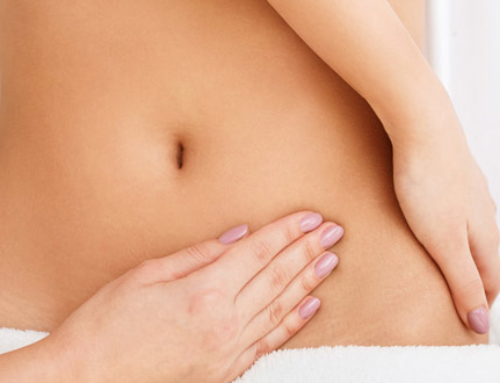
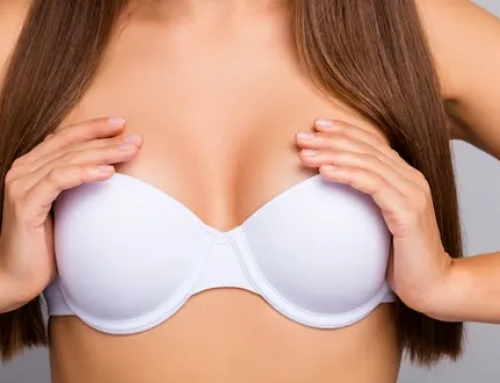
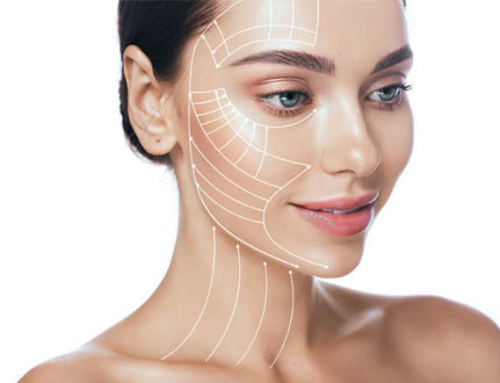

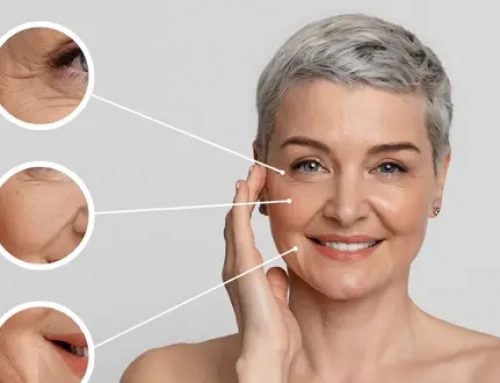
Laisser un commentaire